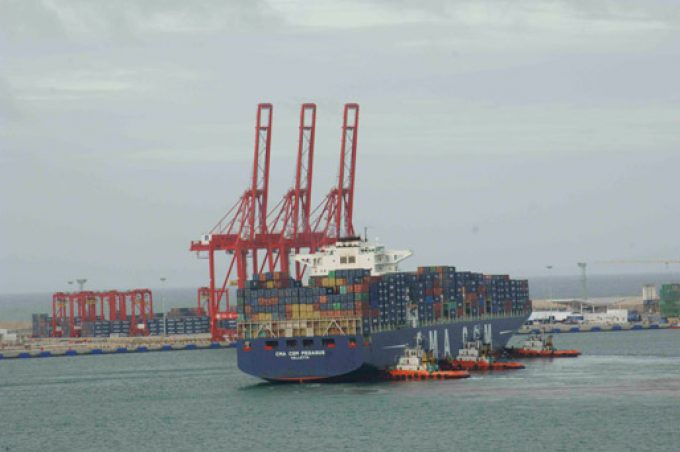Transpacific sees first major MSC blanks as rates fall and volumes falter
Following nine weeks of consecutive declines in spot freight rates on the transpacific, carriers are ...

Sri Lanka’s Colombo port seems to have had a “bumper volume harvest” from the Red Sea crisis, after vessel operators frantically adjusted port calls to minimise schedule disruptions from the longer transits around southern Africa.
Colombo is a busy intermediate point for container transhipment in South Asia, predominantly for Indian cargo.
“Colombo has been a great beneficiary of the transhipment flow realignment in West Asia,” a Colombo-based port veteran told The Loadstar.
And the gains are clearly reflected in new throughput data. Combined ...
Volcanic disruption at Anchorage could hit transpacific airfreight operations
Macron calls for ‘suspension’ – CMA CGM's $20bn US investment in doubt
Forwarders stay cool as US 'liberation day' tariffs threaten 'global trade war'
Shippers snap up airfreight capacity to US ahead of tariff deadline
De minimis exemption on shipments from China to the US will end in May
Tighter EU import requirements proving 'a challenge' for forwarders
Looming Trump tariffs will create 'a bureaucratic monster' for Customs

Comment on this article